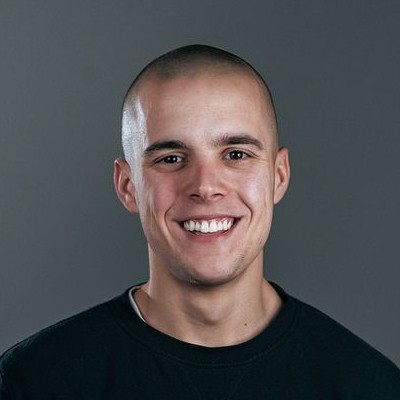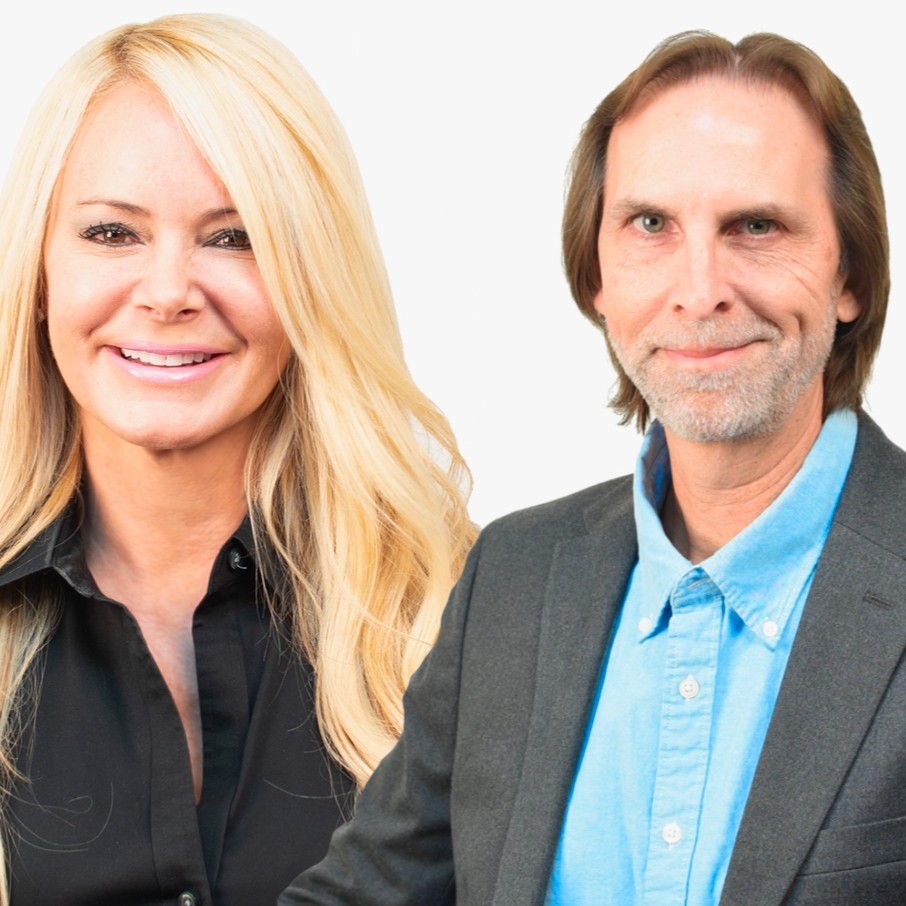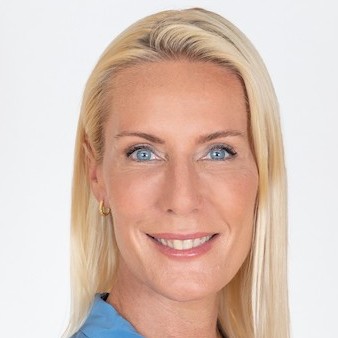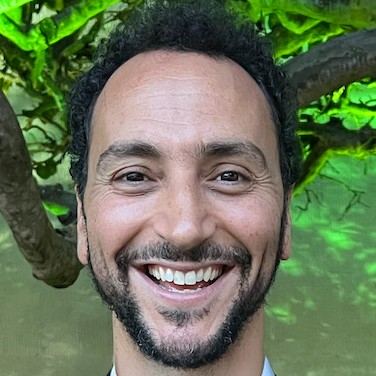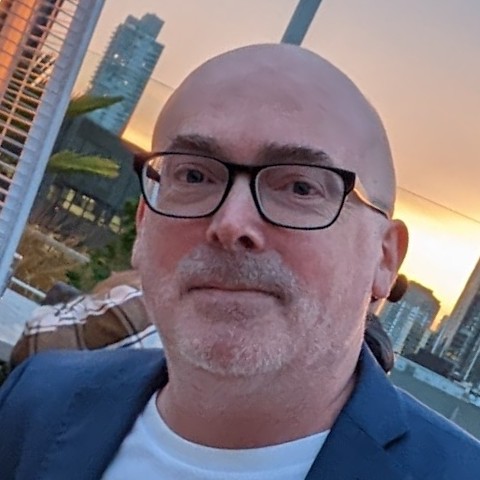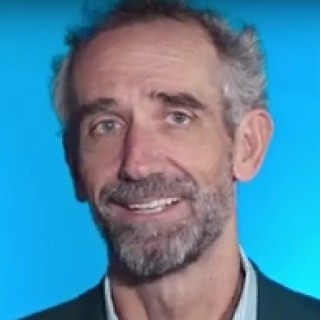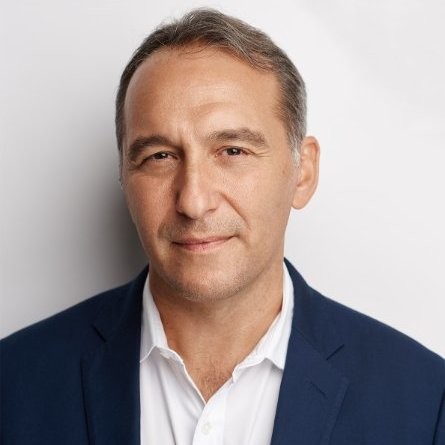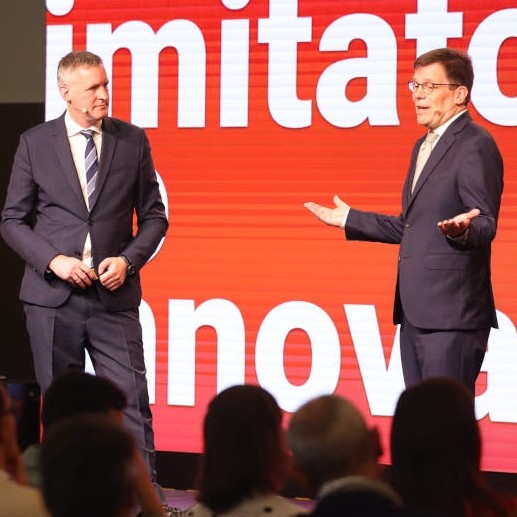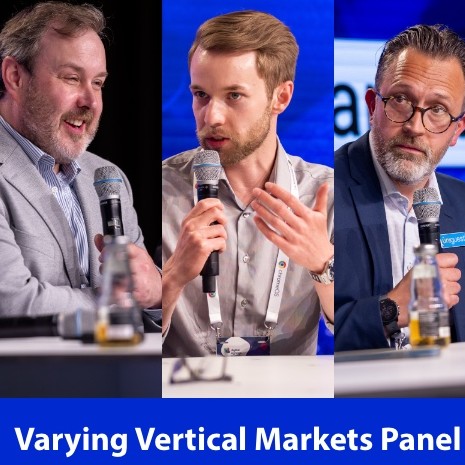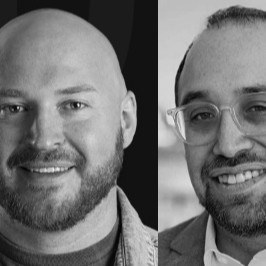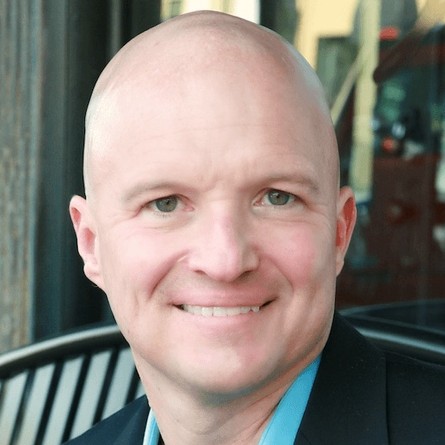Neb Savicic, Plainly
Description
The 16:9 PODCAST IS SPONSORED BY SCREENFEED – DIGITAL SIGNAGE CONTENT
Motion graphics designers tend to enjoy the creative side of their jobs, but there can be aspects of their work, like editing and rendering slight variations of the same spot, that are best described as soul-sucking.
Neb Savicic has lived that as a motion graphics designer, and with a couple of friends in Serbia, concluded there had to be a better way. So they put their heads together and, after testing interest, started Plainly - which automates video creation and produces finished spots at scale. Like 1,000s of videos in a matter of minutes.
This is not a library of pre-made templates that end-users can then tweak. It's a SaaS tool used mainly by creatives in agencies and studios to take what's developed in a professional toolset - Adobe's AfterEffects - and plug it into Plainly's cloud platform.
The net result is that a creative team that is charged with producing, let's say, 500 videos for a QSR chain can do that with one template and a spreadsheet file that has all the differences itemized per location. What might take weeks to accurately produce, instead takes one click and a few minutes to get rendered, ready-to-use videos.
Subscribe from wherever you pick up new podcasts.
TRANSCRIPT
Neb, thank you for joining me. It’s nice to chat with you. We met in Munich a couple of months ago. I didn't know a lot about Plainly. I wrote a piece when you did some sort of a partnership with SignageLive, but for those who don't know who you are, can you tell me about the company, what it does, and how and why it was started?
Neb Savicic: First of all, thank you so much for having me. So Plainly is a product that helps creative teams automate and scale up video output while keeping the quality of their videos high. What that means, in a nutshell, is we have a platform that allows users to automatically render variations of their After Effects videos just by providing data that's going to be in those variations.
So the benefit of automation is you can produce videos at scale. You can produce a lot of videos quickly without all the monkey work to do each of them, right?
Neb Savicic: Yes, so the key benefit, and that's the problem we're solving, is that in many use cases, creatives have to spend their time changing text, changing images, and creating variations of the same templatized video they created a month ago for different markets, screens, and products.
My background is actually in video. I was a motion designer before planning, and I always hated those kinds of projects, and that's where the inception story came from, and, I was like, there has to be some better way. So we created a platform where you can create one template, and one After Effects project, and then our platform will automatically create all of the different variations you need. At the same time, you can focus on different, more creative, and more important tasks.
So I understand that for a lot of social media things, even for things like utility company bills, if they want to do a video summary, customer by customer, how would this be used in the context of digital signage or digital out of home?
Neb Savicic: When I first came into this industry, and I was looking at the content that the companies were putting out, and I said this on another podcast, the one thing that always bugged me is that these companies invest so much money into their systems into their digital signage systems and the content doesn't look that good. You invest so much money to have this great system running in the background, and the thing that's actually displayed and the thing that your customers see is the thing that's getting the least amount of effort.
So using a tool like ours, you can actually make sure that you have relevant content, personalized content, and updated content all the time on all of the screens. So you can imagine… This is the easiest example, but like a QSR where they have the same content on every screen in every restaurant across all the locations, and that's just because they have a limitation of human resources, they just don't have enough employees to create different content. So they're satisfied with the same stuff.
With a tool like Plainly and the power we give you, you can actually create individualized content for each screen. So, let's say it's raining in London. You can make different content when it's raining compared to Manchester, where it's sunny, and you're going to sell different stuff, it’s that ability to automatically create different individualized relevant personalized content on a large scale that's what we give to the digital sign, to our users from the digital signage industry.
Do you have companies that are actively using this?
I know I mentioned that a partnership was announced with SignageLive. SignageLive is always good about working with emerging companies doing interesting things, so it's not surprising they're one of the first to do that. But how are these company’s customers using it?
Neb Savicic: We work with many agencies, some of the biggest agencies, especially in the advertising and creative industries. These agencies are using it for digital signage for their clients and the way they're using it is exactly how I described it.
They were spending so much time creating different variations of the same content and they realized they needed to offload this to machines and open up some of that time for our creative team to actually do something more, they paid these people a lot of money because they're great and spend time moving the pixels around, their users, agencies, and in-house creative teams all use Plainly in the same fashion, where you can just drop in a big CSV, a big Google sheet with all of the different video variations and in a click of a button you can get a hundred or a thousand different video variations.
To be clear, this is not a template system like a lot of digital signage CMS companies have. I think they are sometimes called composer systems where you just open it up and you use templates that exist there, and you can adjust what's on them.
This is developing templates within Adobe After Effects, usually, templates designed by motion graphics designers who know their way around AE. Then, that's where you plug in, right?
Neb Savicic: Yes, exactly. One of our key selling points is that we are a native After Effects solution. So our users have to be After Effects users. That's why I'm saying they're in-house creative teams and agencies. So what this means is that we are not offering you boilerplate templates that are the same for everybody.
You can actually create your own custom-branded bespoke templates that look awesome and then use our platform to increase the output of those templatized videos.
So, what would the workflow be for? Let's use that example you had about QSR chains and wanting to have different menus based on weather conditions, geography, and that sort of thing.
How does that work in the real world?
Neb Savicic: Okay, so there are two ways you can achieve this. First of all, you can do what's called a batch renderer, which is very nicely demonstrated in a video we did for the SignageLive integration. Basically, what you do is upload your After Effects template into Plainly.
You say, okay, we want to change the product's price, the product's name, and the product's image with every video. You create a big Google Sheet that's gonna have all of the different variations. You drop in that Google Sheet or a CSV into Plainly, click Render, and Plainly renders all of the different variations. That's the simple, no-code-needed way.
The second way, which is a bit more advanced, is using our API. With our API, you can actually create any kind of workflow, and this is where we can also talk about programmatic. You can programmatically create video variations on demand. So let's say you have a system that detects it's rainy in New York, let's create a new content piece, that just pings our API and says create a new video, and we send you back the video so there are a couple of ways you can achieve the workflow, depending on the technical abilities.
What's the timing and everything of that? If you hit “Batch render” or whatever the button is, you click it, does that take 10 seconds, 10 hours, or 10 days?
Neb Savicic: You can see this on our YouTube channel. We actually made a video in which we rendered 1000 videos in 17 minutes so it's quite a fast system. Obviously, it depends on how complex the video template is, but it's quite fast, and it's quite capable of producing like we have customers doing tens of thousands of videos, like fifty thousand, a hundred thousand, so the core of our product is the scalable infrastructure that can output any number of videos.
Are you using big, cloud-based compute systems, like AWS or whatever to do that, or is this your own iron?
Neb Savicic: No, of course, we use Google for the rendering.
So that gives you all the scalability you need.
Neb Savicic: Yeah, of course. It's scalable on demand, and we don't have to worry about them shutting down.
No, they're not anytime soon, at least. So what is the output file?
Neb Savicic: It's a video, first of all, that's the big thing for digital signage.
It's not an HTML5, it's a video.
Neb Savicic: No. It's an actual video, MP4 or MOV. So that also has some benefits in terms of being able to play it on older screens and any kind of screen so that also has some benefi

